Peerless Info About What Style Is Baroque Tweezerman Ltd Deluxe Hair Cutting Shears

Real or implied movement, an attempt to represent infinity, an emphasis on light and its effects, and a focus on the theatrical.
What style is baroque. The meaning of baroque is of, relating to, or having the characteristics of a style of artistic expression prevalent especially in the 17th century that is marked generally by use of complex forms, bold ornamentation, and the juxtaposition of contrasting elements often conveying a sense of drama, movement, and tension. The arts present an unusual diversity in the baroque period, chiefly because currents of naturalism and classicism coexisted and intermingled with the typical baroque style. Baroque definition what is baroque?
Baroque art and architecture, the visual arts and construction in western art that roughly coincide with the 17th century. The baroque is a highly ornate and elaborate style of architecture, art and design that flourished in europe in the 17th and first half of the 18th century. Ottoman baroque architecture, also known as turkish baroque, was a period in ottoman architecture in the 18th century and early 19th century which was influenced by european baroque architecture.preceded by the changes of the tulip period and tulip period architecture, the style marked a significant departure from the classical style of.
But what do all these disparate works have in common? Baroque architecture is a style of building that emerged in italy in the late 16th century and spread to other parts of europe and the world in the 17th and 18th centuries. Limitations and possibilities of an art historical concept.
Lasting for 150 years, the baroque period of architecture, music, and art. Those of rococo are inconsequence, grace, and lightness. but the two terms often used without distinction. The baroque style was founded on the principles of extravagance, ornateness, and intricately decorated details that were portrayed in a range of traditional mediums such as paintings, architecture, sculpture, literature, and music.
Baroque iconography was direct, obvious, and dramatic, intending to appeal above all to the senses and the emotions. This aesthetic style was designed to appeal to the senses in order to provoke a heightened emotional response. The defining characteristics of the baroque style were:
Tate glossary definition for baroque: The style began at the start of the 17th century in rome, then spread rapidly to the rest of italy, france, spain, and portugal, then to austria, southern germany, and poland. Baroque architecture is a highly opulent style of building, design, and art that originated in italy during the 17th century and spread to the rest of europe.
Originating in italy, its influence quickly spread across europe and it became the first visual style to have a significant worldwide impact. It embraced painting, sculpture, architecture, decorative arts, and music. Baroque architecture is a highly decorative and theatrical style which appeared in italy in the early 17th century and gradually spread across europe.
It could be found in painting, architecture, sculpture, music, and other art forms. Indeed, the baroque architectural style is recognized by its grand scale, elaborate facades, and lavish interiors. In this guide from ad, learn just how baroque architecture came to be, discover famous examples of the style, and study what exactly makes the look different from other ornamented aesthetics.
One of the most dramatic turning points in the history of music occurred at the beginning of the 17th. The baroque style is characterized by exaggerated motion and clear detail used to produce drama, exuberance, and grandeur in sculpture, painting, architecture, literature, dance, and music. How to tell baroque from rococo, according to fowler:
Baroque emphasizes dramatic, exaggerated motion and clear, easily interpreted, detail. Baroque era art works emphasized movement, contrast, and detail, often seen in religious works which made up the period. It aims to convince the viewer of the truth of its message by impacting the senses, awakening the emotions, and activating—even sharing—the viewer’s space.
:max_bytes(150000):strip_icc()/GettyImages-95496444-e3b63bf31e9b4931bdf30233e0b57dff.jpg)
:max_bytes(150000):strip_icc()/Baroque-Versaille-92866146-crop-593616575f9b589eb48717cc.jpg)
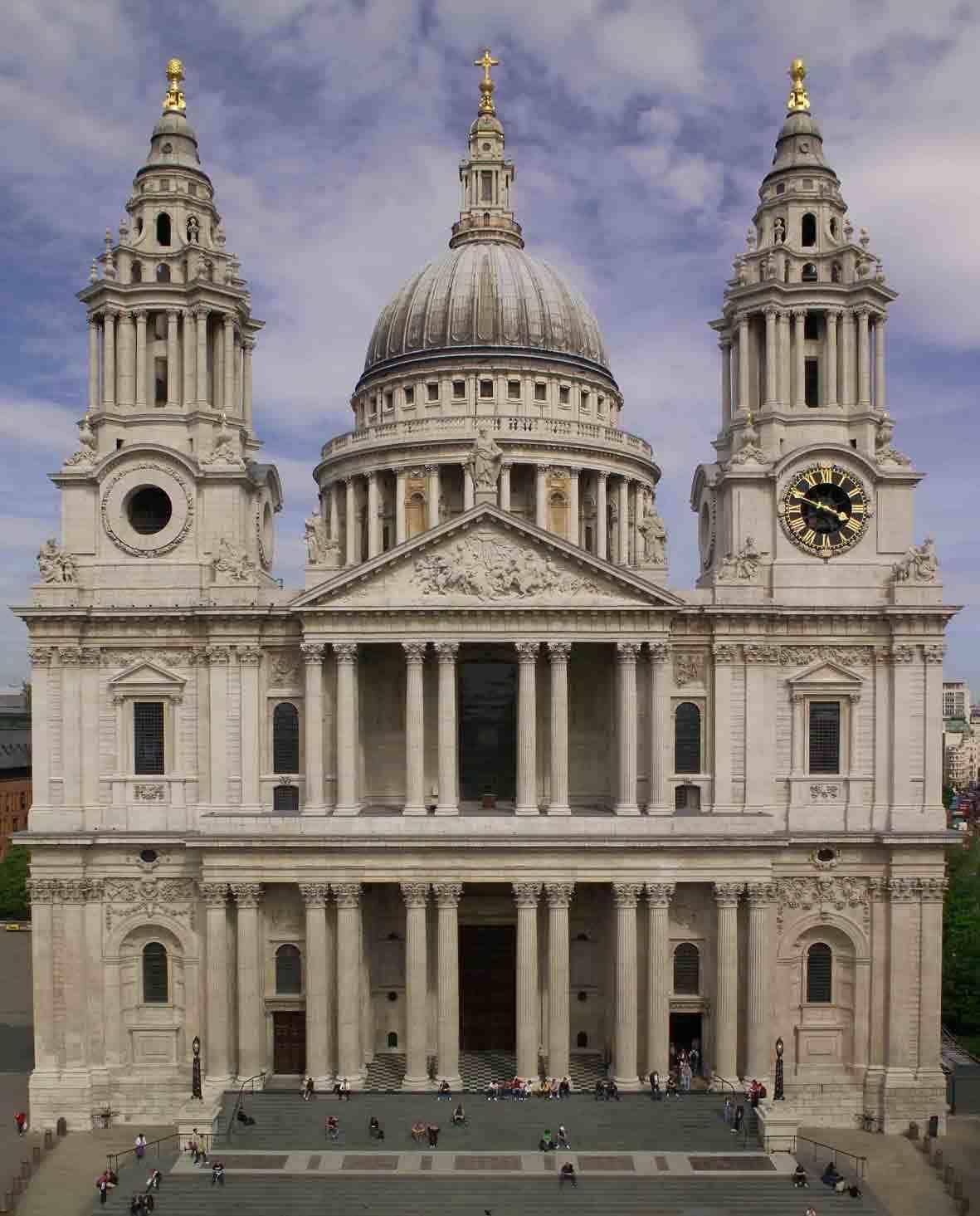

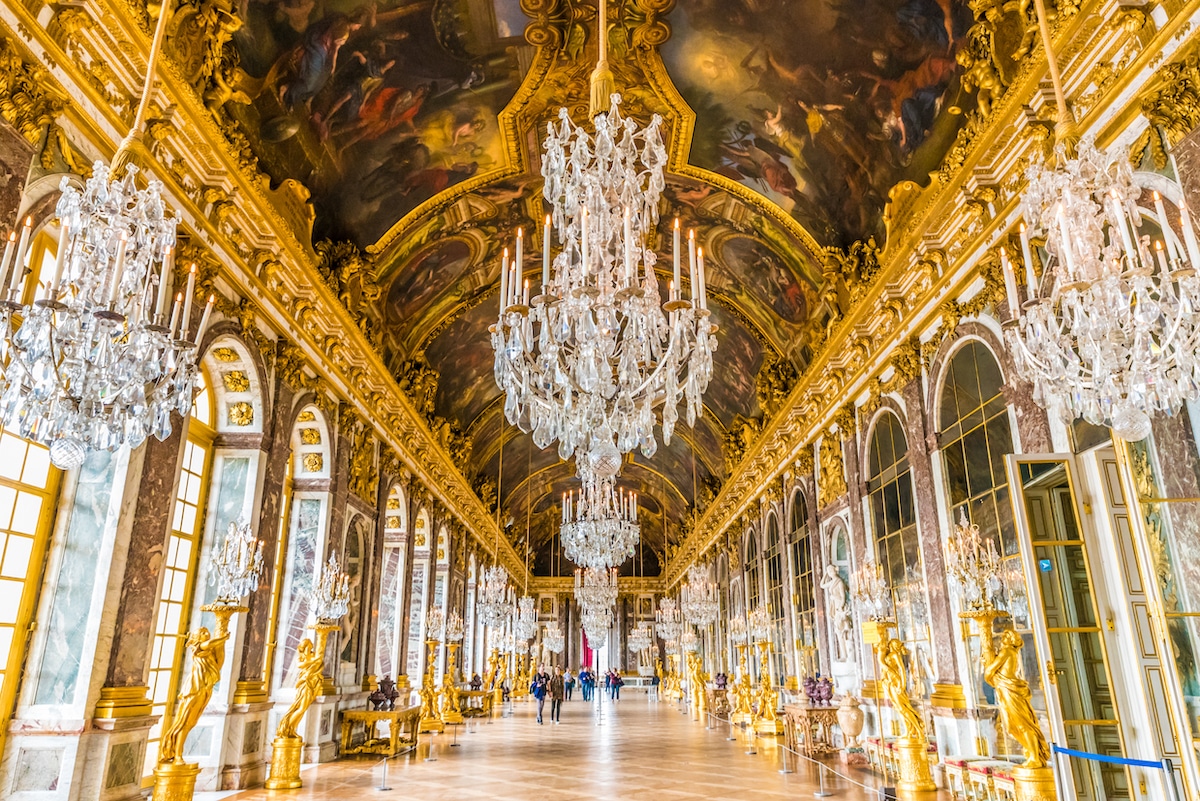
/Baroque-Trevi-583655844-crop-593228e43df78c08ab80fd94.jpg)
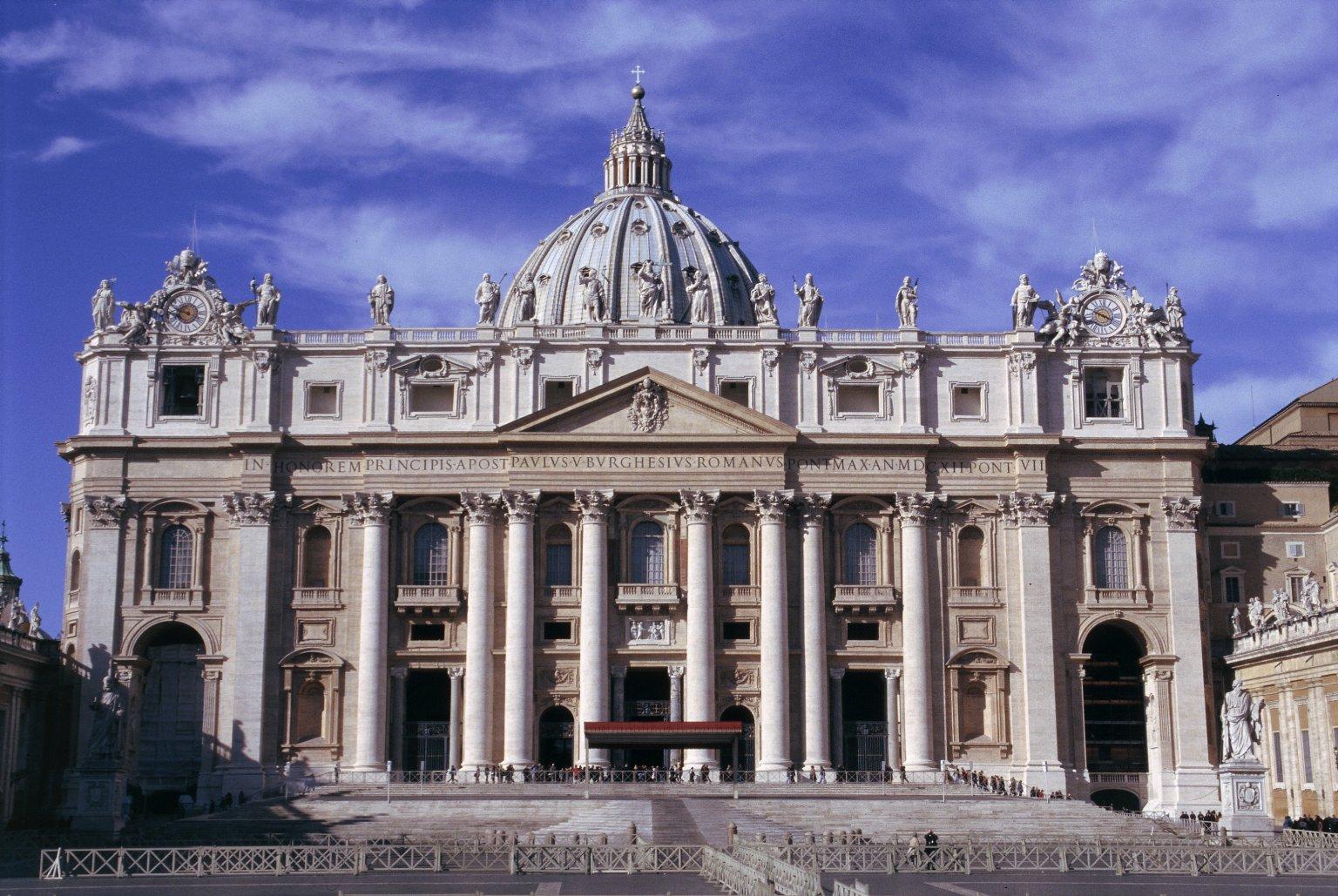
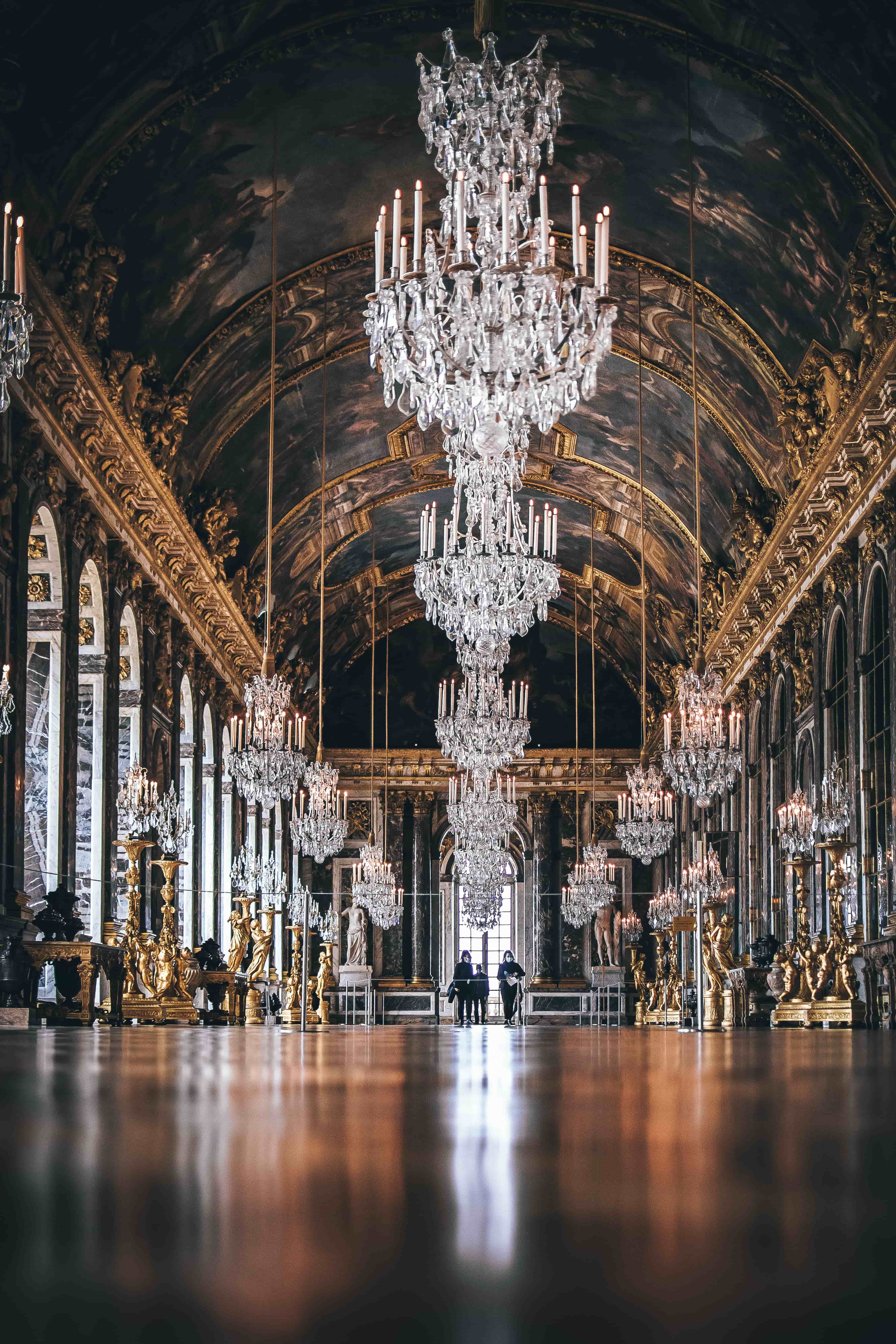

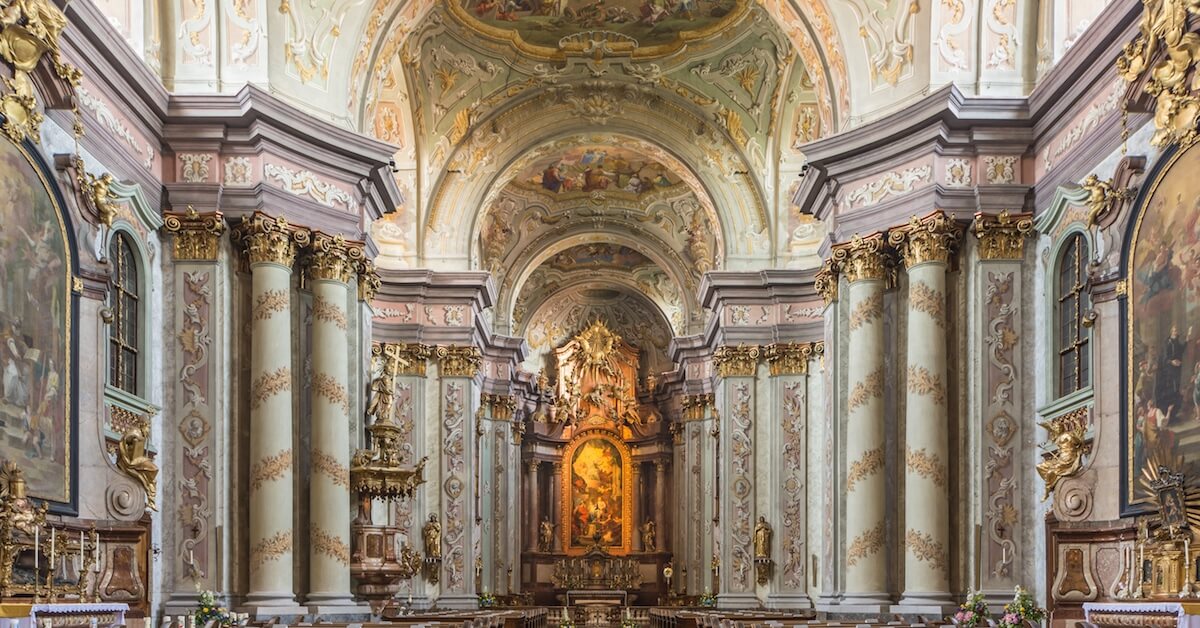
:max_bytes(150000):strip_icc()/Baroque-Bruno-Lyons-607556340-crop-59322fa05f9b589eb4f7e240.jpg)


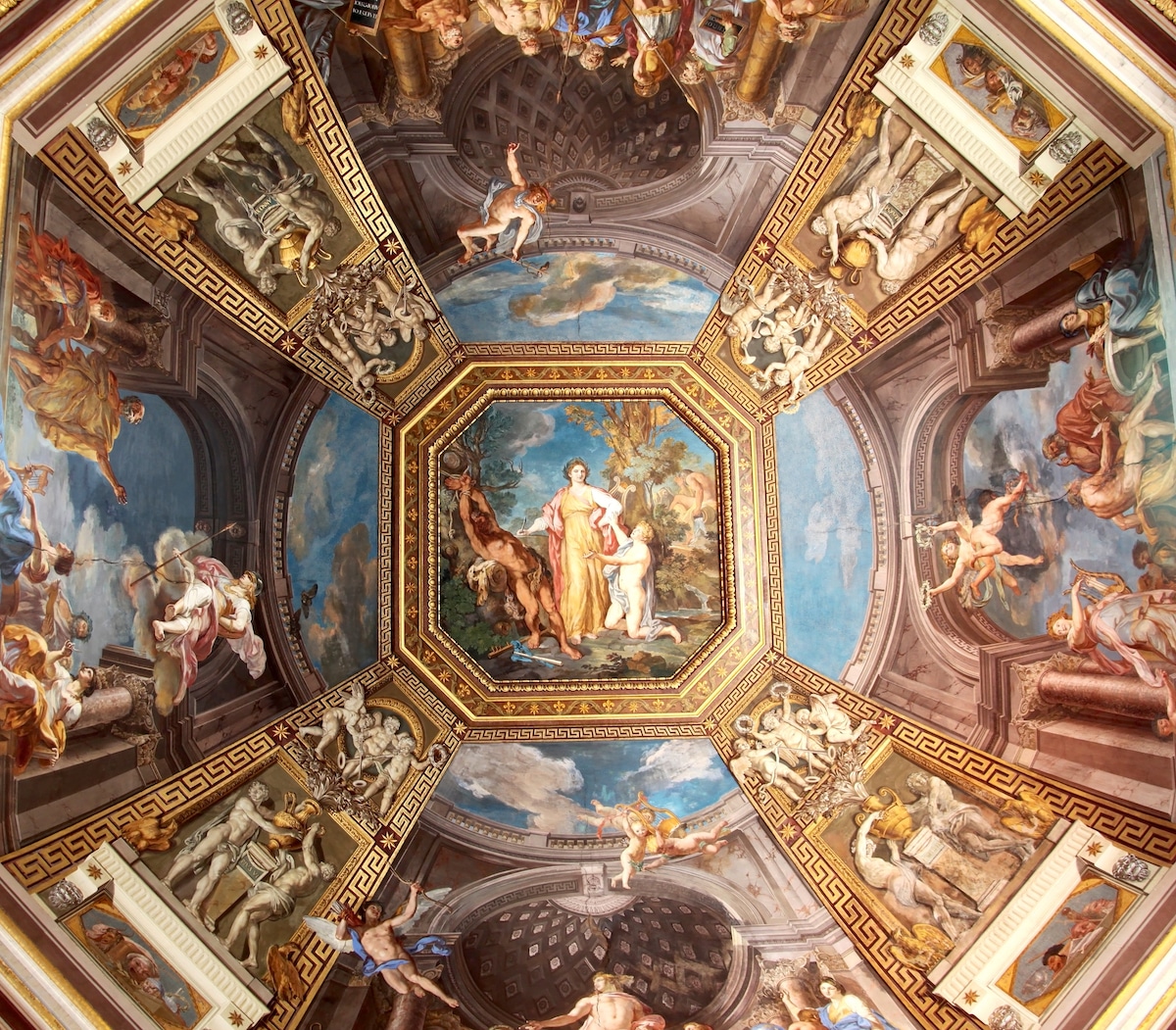
:max_bytes(150000):strip_icc()/GettyImages-133689096-93a6929da8bf434f8f2979daa52e2be3.jpg)
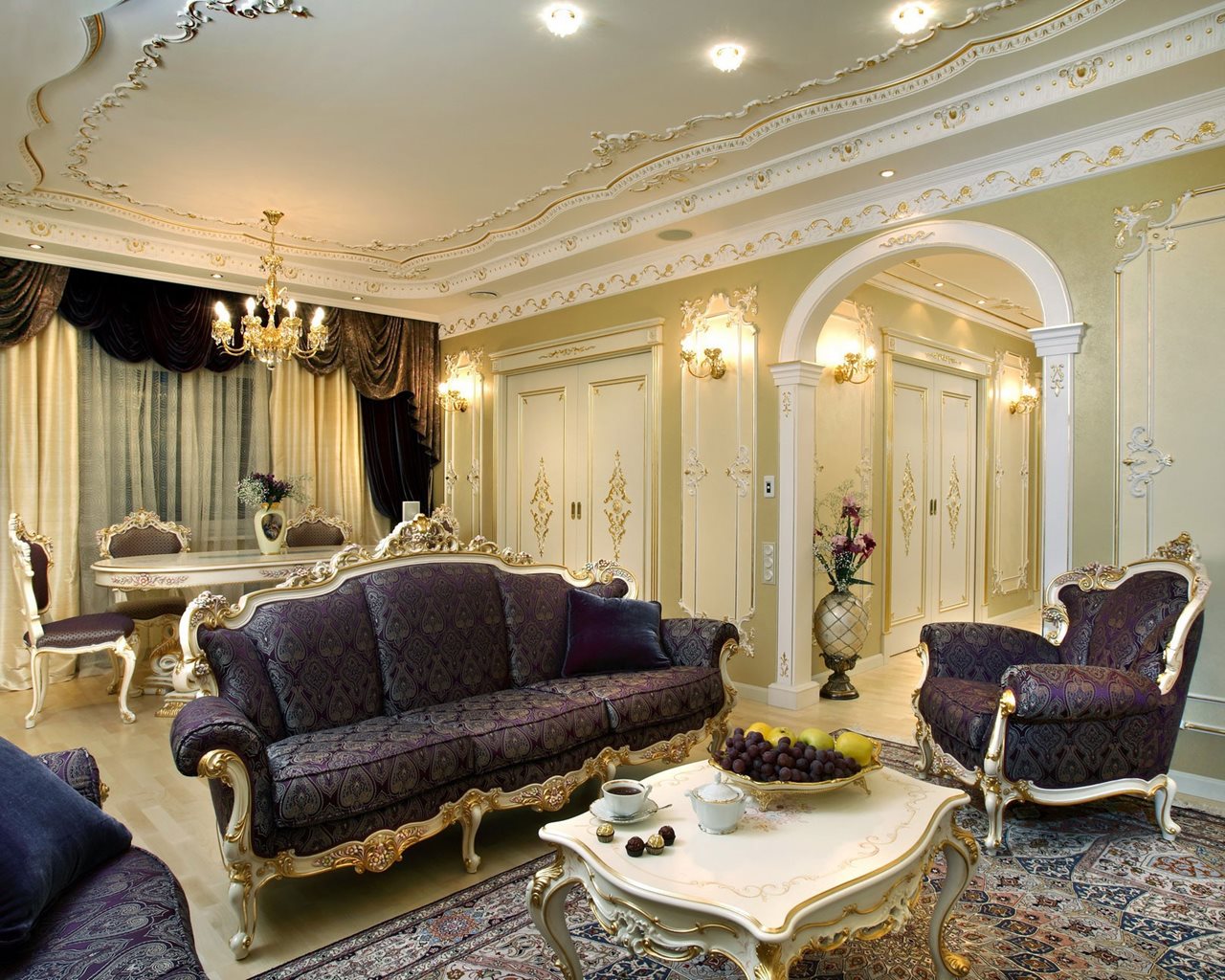
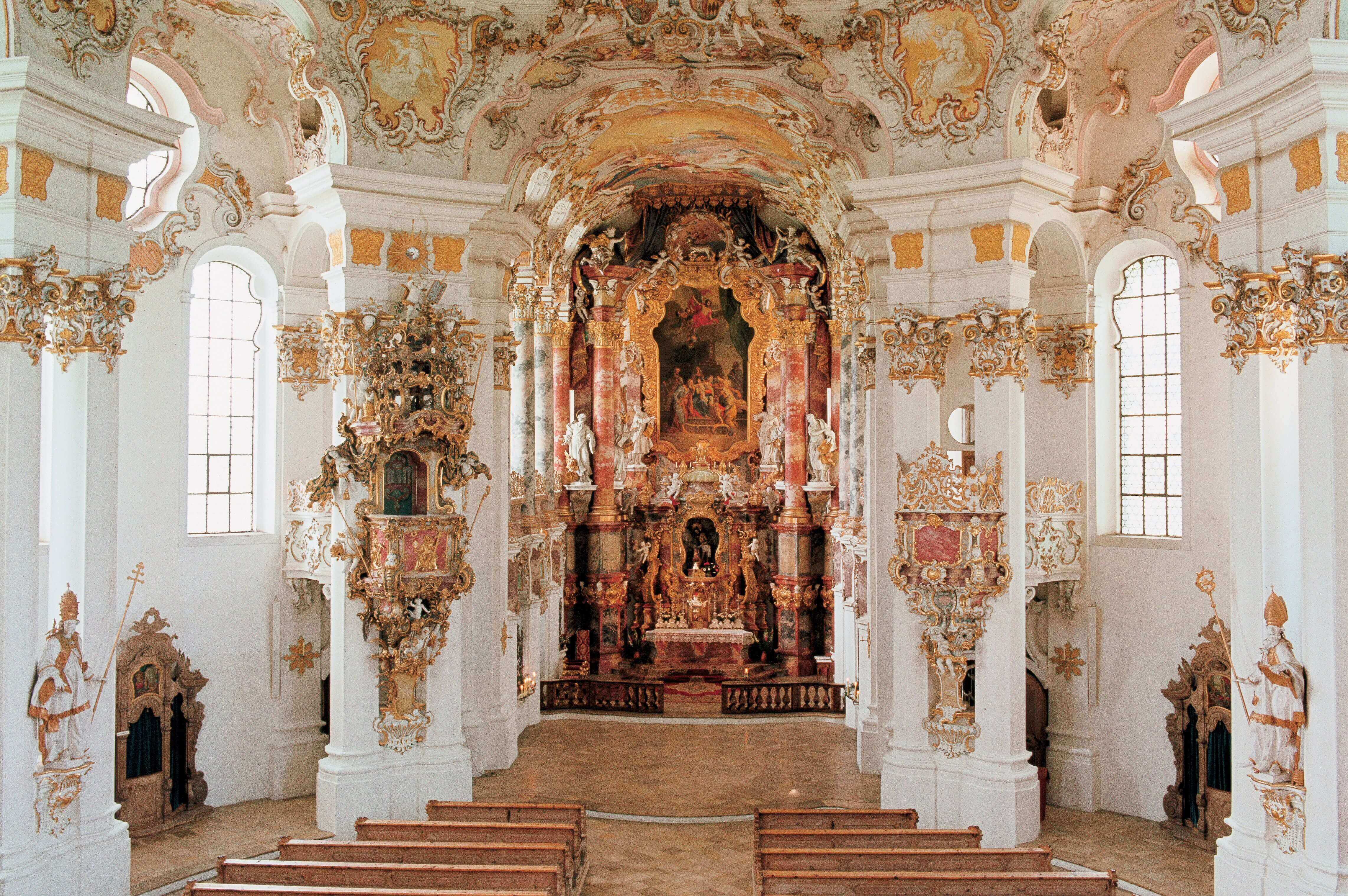
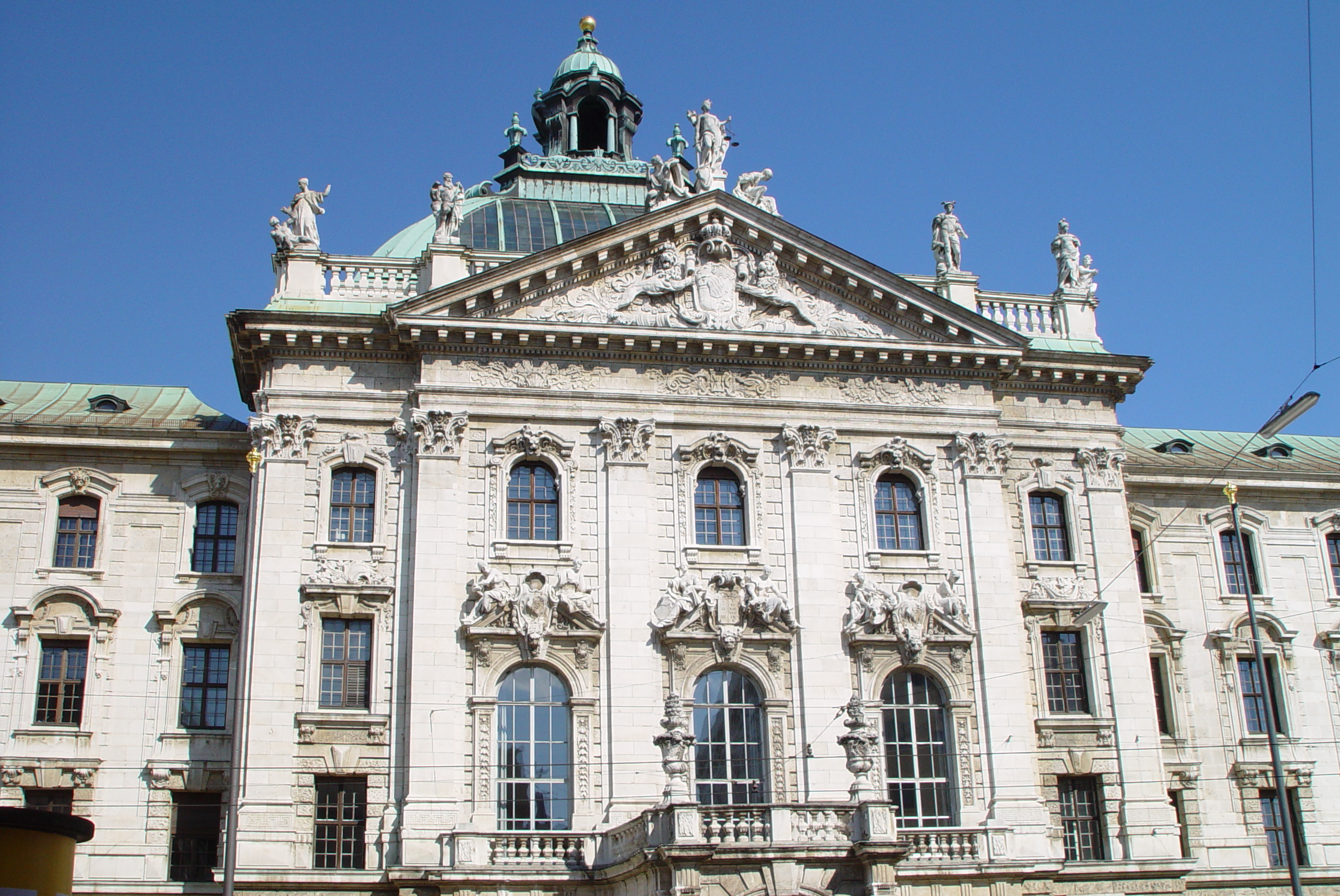

:max_bytes(150000):strip_icc()/GettyImages-544264012-1406e6641e1e4987844d78df7d0c4981.jpeg)
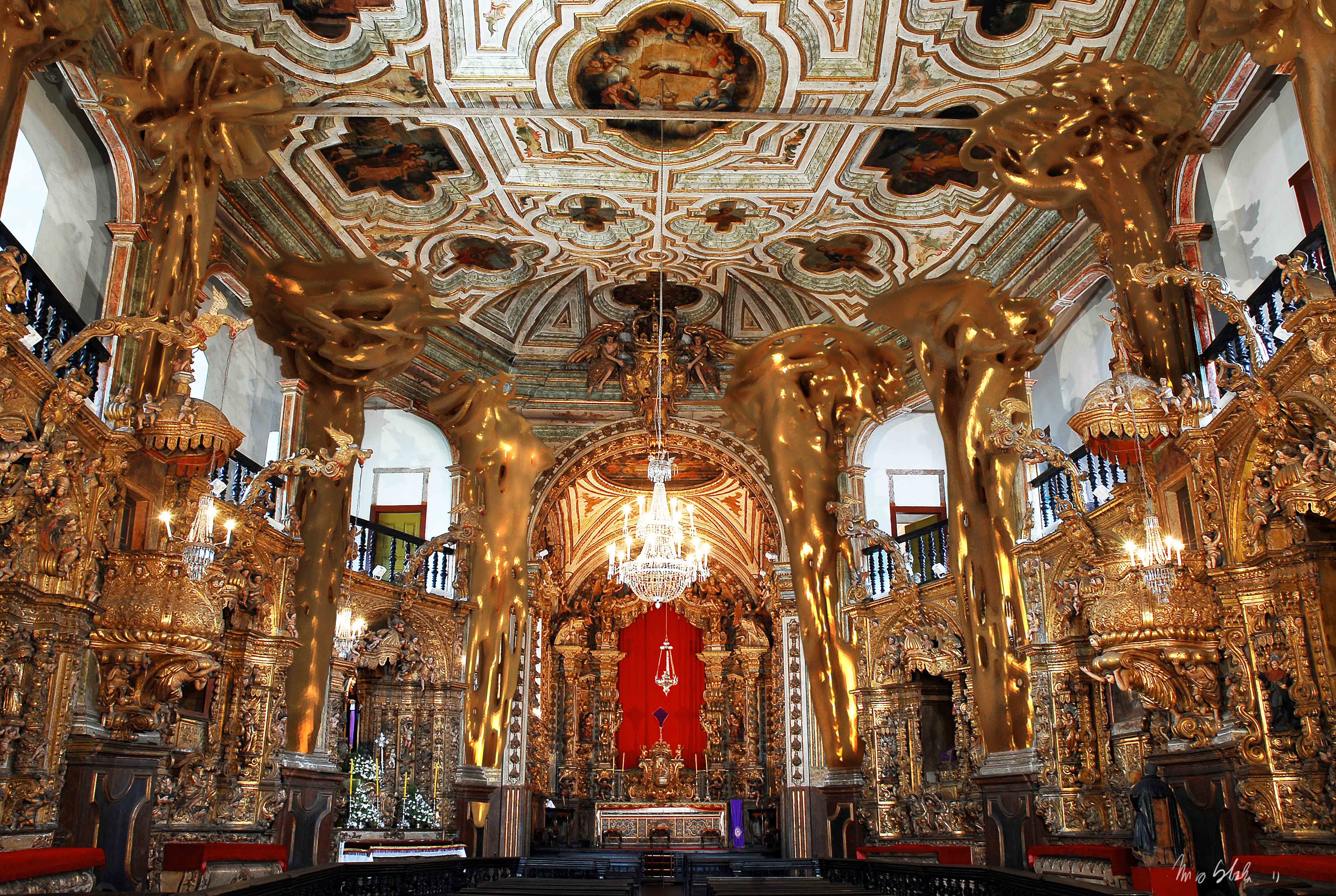
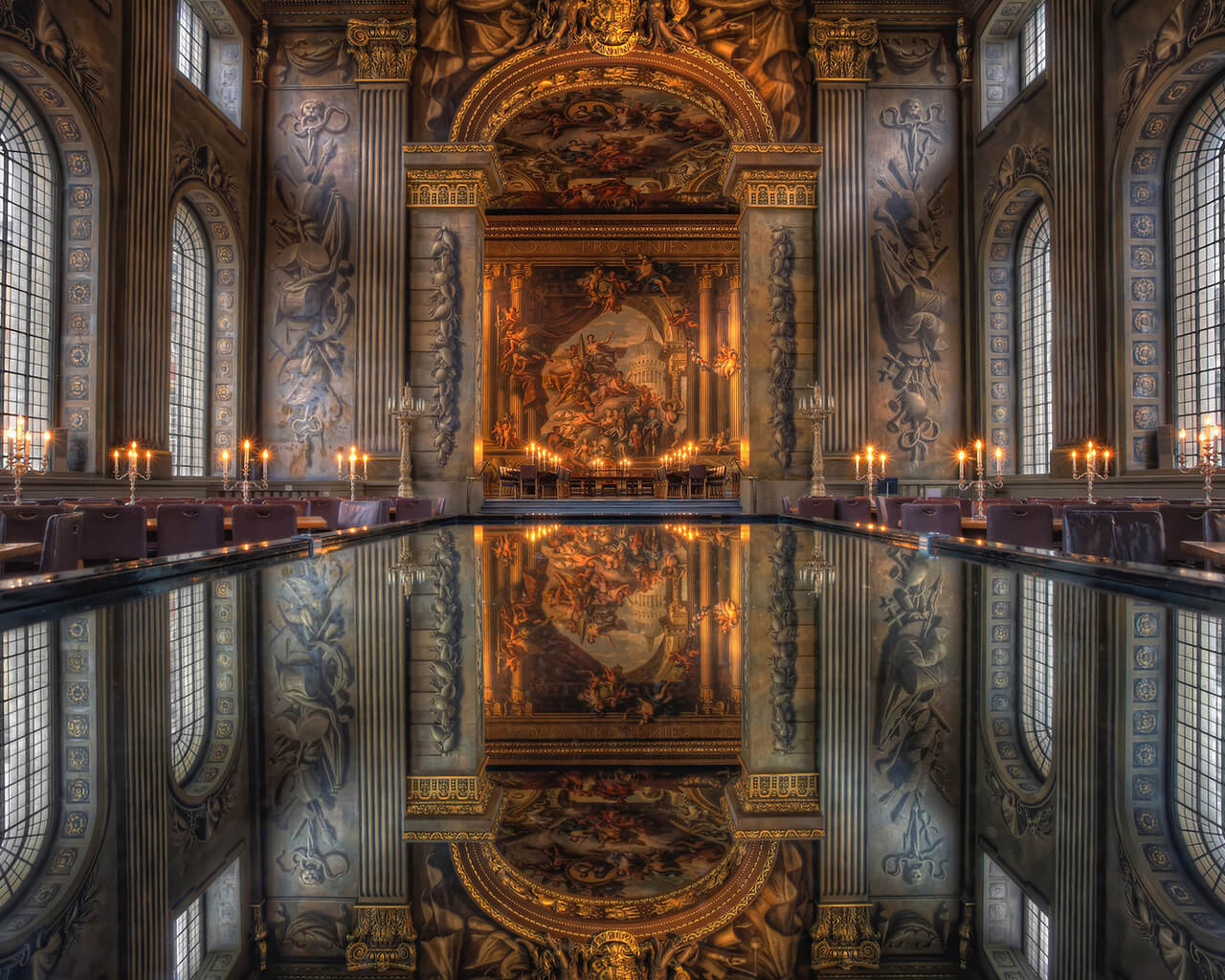

:max_bytes(150000):strip_icc()/GettyImages-157400619-58f261c03df78cd3fcbf223a-5bad0408c9e77c002cfbe10a.jpg)